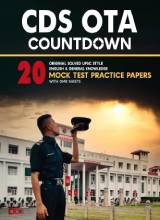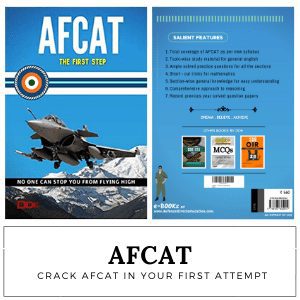Indian River System
Indian river system is one of the important topics for AFCAT exam. In this blog, we are going to learn about the facts and origin of important rivers of India.
The term river system refers to the ‘river along with its tributaries’. The Indian River system is broadly classified into – Himalayan Rivers and Peninsular Rivers.
The Himalayan Rivers, as the name suggests, originate from the Himalayas and flow through the Northern Plains. The major Himalayan River systems are:
- The Indus River System
- The Ganga River System
- The Yamuna River System
- The Brahmaputra River System
Peninsular River System or Peninsular Drainage emerges mainly from the Western Ghats. Since the Western Ghats forms ‘water divide’, these rivers either flow into the Bay of Bengal or Arabian Sea. Peninsular Rivers are basically ‘rain-fed’ rivers. The major Peninsular River Systems are:
- Mahanadi
- Godavari
- Krishna
- Cauvery

Important facts about Indian river system:
- The longest flowing river in India is the Ganges or Ganga Followed by Godavari, Yamuna, Krishna and Narmada.
- In Bangladesh, Ganga is known as Padma.
- Besides Ganges, the longest river which flows through India is the Indus which originates in Tibet and drains into Arabian sea.
- Most of the Indian rivers flow into Bay of Bengal but few like Narmada,Tapti, Netravathi and Periyar flow into Arabian sea.
- Furthermore Punjab known as Land of 5 Rivers because 5 rivers flow through this state Sutlej, Ravi, Beas, Jhelum, Chenab.
- The largest river in south India is Godavari.
- Amarkantak is an important Peninsular river and is in the state of Madhya Pradesh. Also Narmada rises near Amarkantak.
- DAMODHAR River in Bengal known as ‘BENGAL’S SORROW’.
- Bhrahmaputra river is the male river of India .Moreover the alternative name of Bhrahmaputra is Tsangpo.
- In addition to Narmada, Tapti is also the west flowing river.
- The multipurpose project on river sutlej is the Bhakra Nangal project.
Refer AFCAT The First Step Ebook to boost your preparation.






 Order Now on Amazon
Order Now on Amazon


usefull for guide line,
thanks,
Good for increasing knowledge.
Thanks